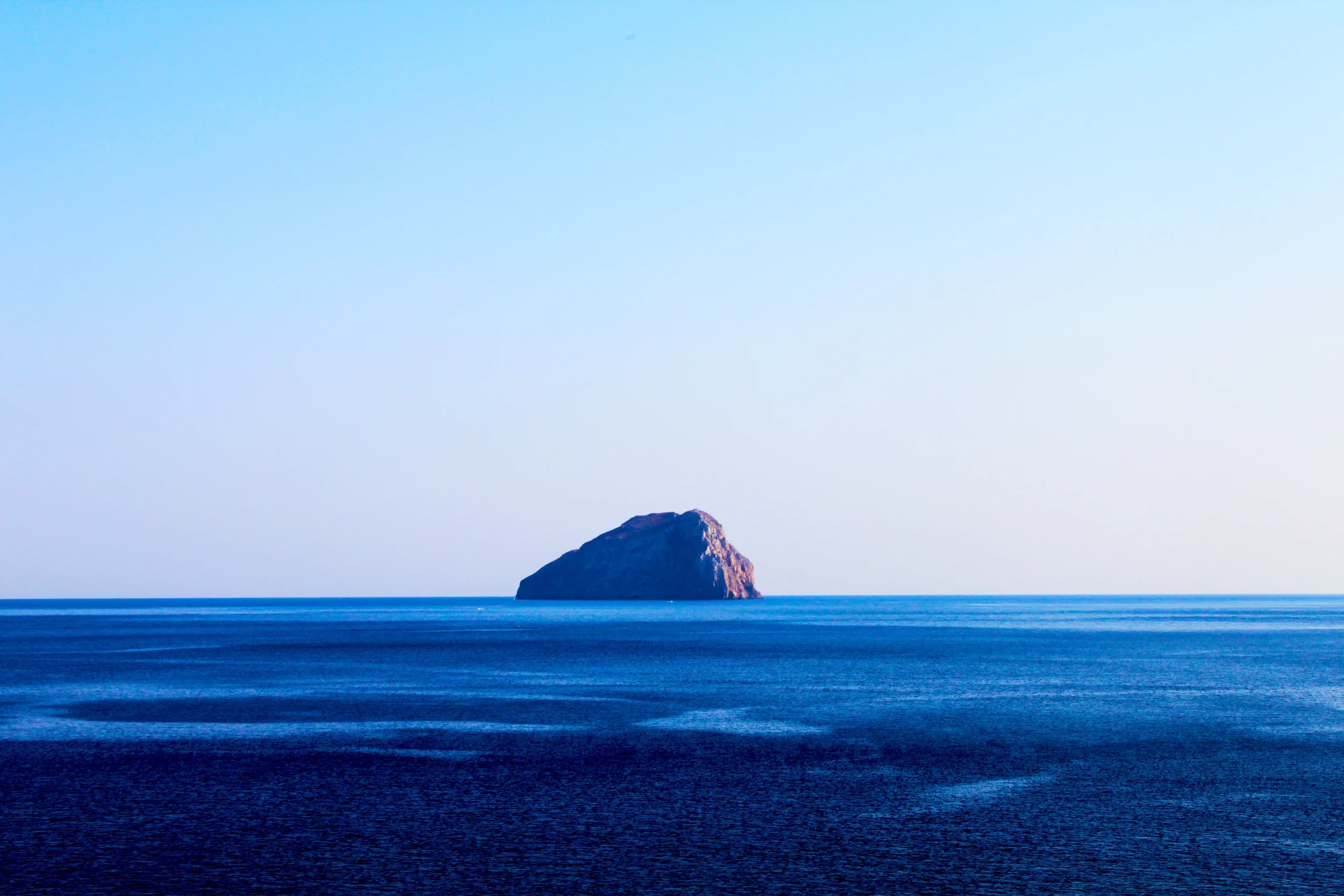I've decided to start blogging more about my artistic process, for anyone interested (okay, mainly for me). Without further ado...
While I was finishing up the Honeymoon Tour with Ariana Grande, I started working on several exciting new projects.
The first is a piece called “Monolith,” which will be part of the score for Mono, an experimental film created by UK filmmaker/artist Sangam Sharma. The film, which explores monolithic architecture, drone music, Old Norse/Celtic mythology, and the circular perception of time, has several contributing composers onboard; I have been asked to compose for the final three sections before the Epilogue. It features gorgeous but nearly-static long shots, thus it’s pretty easy to miss the subtle shifts of things like clouds moving and light changing unless you pay close attention. Sangam intentionally lingers on her images past the average person’s comfort zone, as she believes in letting an object reveal its own story. As the composer, I’ve also had to practice letting each rock formation, smoke stack, and lake reveal itself to me at its own pace, then create music that complements not only the images but the goal of the film itself.
I’m not finished yet, but this is what my process has been like so far:
1) Receive script and picture. Watch the film excerpt, following along with the script. Take preliminary timing and idea notes. Where are the blackouts and transitions? When do the new titles show up on the screen? When do the voiceovers cut out? Are there any interesting phrases or verbal articulations I’d like to highlight or give more space to? This is mostly straightforward busy work; a good task to do while hanging out in the dressing room before my show.
2) List initial musical ideas. I want this score to consist entirely of string sounds, including several extended techniques and gradual microtonal shifts. The filmmaker and I have talked about revolving around a single drone throughout the piece. I love this idea: mono, monoliths, circular time, lingering shots...this is what the film is about, after all.
3) I spend a few days recording and building up a library of violin sounds that I can draw upon and piece into the score later. For example: a bunch of long notes in various registers and dynamics, marcato single-tone pulses in eighth notes and quarter notes, harmonics on various strings and tones, drones played with slow and wide quarter-tone vibrato (with variations for both quarter-tone above and quarter-tone below the established drone note, Eb).
4) Label and re-label my new violin loop library a million times, because I can’t stop obsessing over which way of labeling is the best-looking and clearest to understand.
5) Drag a few of the simple drones into the Logic session I’ve started. Watch the film a couple more times while improvising off the drone with my violin. This is completely off the record; I just want to experiment with various combinations and potentialities.
6) Get annoyed at a few lingering inconsistencies in my labeling. Re-label and re-index the loops yet again. Organizational stuff seriously fucks with me, and I sometimes I can’t move on until things (that don’t really matter) are perfect. Just being honest here.
7) Now that I've finally calmed down enough to move on, I go ahead and experiment with various combinations of my pre-recorded sounds. I always go back to the drone. Sangam envisions the Eb drone as a steadfast fixture throughout the three sections of my piece, but I want to also make sure each chapter is completely distinct, as her static shot drastically changes from section to section. There’s not a whole lot of harmonic variation I can introduce, because we want to keep this very minimal; excessive, fancy modulations or departures from Eb would take away from the film and other contributing music. I brainstorm other ways the images are speaking to me and hypothesize ways to evoke that. For example, the middle section features a shot of concrete smokestacks puffing out smoke. In my mind, the smoke symbolizes decay; each white puff starts out as a full cloud but gradually disperses into the sky, losing its form. In homage to the glassy, kinetic, decaying smoke, I write in my notebook to feature harmonics and descending glissandi here in juxtaposition with the fixed concrete smokestack (which in my mind is the relentless Eb drone). By the way, I’ve also made the decision to replace the continuous Eb drone with accented Eb quarter note marteles in this middle section; everything still very much screams E-FLAT E-FLAT E-FLAT, but the persistent re-articulations of the same note sound more dogged and ruthless. This is more in line with what I want from the shot, which essentially depicts a factory. I haven’t told Sangam this yet, but hopefully she likes the result!
8) We have a day off (from tour), so I have a quiet day to record. I tackle the recording tasks I’ve planned in advance, then accidentally come up with a new idea. I record a rough version of this idea and love where it’s going. I leave it in the session to ponder and refine later.
9) Another show day, which means another “editing/create silently in my head/make a detailed list of recording tasks for later” day. This method of batch recording and batch editing has been a good way to work on tour, since show days have a lot of backstage activity and aren’t the most conducive to recording or heavy violin/composition work. Plus, arenas are often cold, and I can’t create, play violin, or even move my body in a good mood when I’m cold. May not seem like a big deal, but physical warmth is a crucial factor in my mood and functionality. By the way, I end up reviewing the new spontaneous idea and decide that it is indeed awesome. Fortissimo string power chords, you have made the cut. I tweak a few details, decide to add viola to the score for more body, and come up with my next plan of action.
10) Recording day. My tourmate, Kiara, is lending me her viola, but I have to give it back that day so she can practice. This works nicely for me, as it motivates me to be efficient with my time. I record viola and more violin things for a couple hours, which of course sparks new ideas and changes once again. It’s our last day off on tour, in our very last city (El Paso), and I’m glad that I find time that day to not only work on my score but also walk to the mall with my best tour friends (AKA the Honeymoon Strings). The three of us have fun trying on silly Halloween accessories, helping Kiara with her boyfriend’s extensive birthday gift, watching Adrienne buy out the Dollar Tree (she swears she really needed that 10-pack of glow in the dark fangs), and assembling a little gift to give Ari before the last show. Side note: I also buy birthday cake flavored gum, which is so accurate it’s awful.
11) On the last show day and then my first day back home, I spend a few hours reviewing and refining the score. It’s far from over, but I can feel it coming together. The bad news is that I’m going to have to re-record a lot of the parts for greater clarity and confidence. Now that I know how long I want certain drones and held notes to last, I want to re-record them in full takes rather than looping shorter segments together and doing a ton of automation magic. I’ll also have to refine a lot of things that currently have improvisation as a placeholder. Editing is not my strong suit, so when I have to record myself, it’s more efficient and natural-sounding for me to do long takes rather than studio heroics at this point. I also need to re-do rhythmic sections, because I know I can do better. Perfectionism is a slippery slope, though, so I have to be mindful of when enough is enough.
Onto more work now!
I promise my next post will be shorter.
-Xanthe
PS: If you're interested in hearing more about works like this, you may consider checking out and supporting my music on Patreon!

